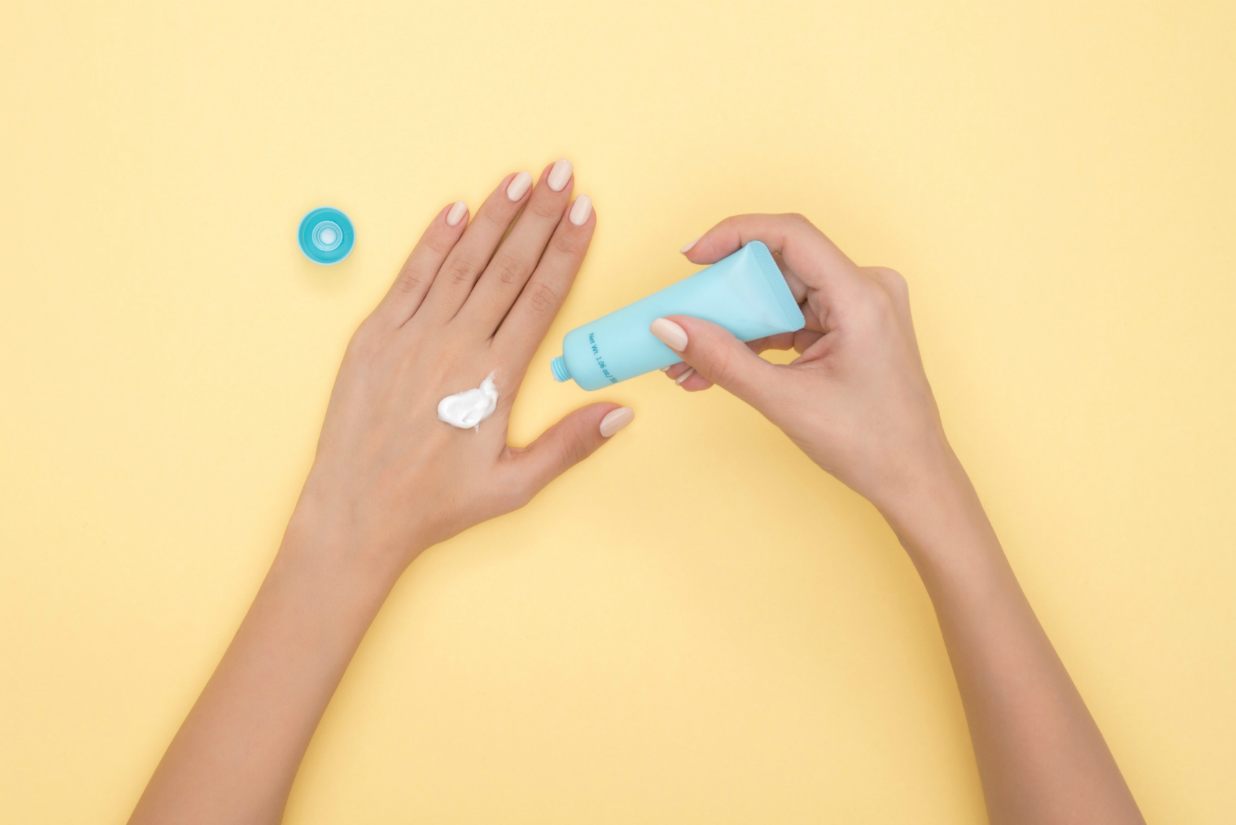
Chemical vs Mineral Sunscreens: Which is best?
In an attempt to protect ourselves from the sun's UV rays, it has, for the most part, backfired on us.
Why do we use sunscreens? Simple. We don't want to burn, age, or get skin cancer. However, mainstream sunscreens contain ingredients that are simply toxic not just to us, but to our environments as well.
In this guide, we're going to equip you with the knowledge you need to make your own choices when choosing effective sunscreen protection.
Everything to know about effective sunscreen protection
It's easy to go to your local drug store and pick up some basic sunscreen with a high SPF number, but there's a reason why these options are cheap.
Unfortunately, the UV (ultraviolet) filtering agents that protect our skin from the sun have the potential to cause health issues. The infamous SPF score on the front of sunscreens also has a major flaw.
What are UV rays?
Ultraviolet waves come in two forms we need to worry about: UVA and UVB.
UVA rays
UVA rays account for up to 95% of the UV radiation reaching Earth's surface.
These are essentially the group of UV rays that cause the skin to age. They penetrate more deeply into the skin than UVB rays and cause photo-aging, which leads to wrinkling, leathering and other long-term signs of sun damage.
UVA rays are also the major cause of all forms of skin cancers.
UVB rays
These are mostly absorbed by the ozone layer, and only account for a small portion of the UV spectrum. However, they're still powerful and especially magnified when reflecting off of surfaces like water and snow (hence why snowboarders should be wearing sunscreen).
UVB rays cause visible manifestations in the skin such as discolorations and sunburns, and also contribute to developing skin cancers.
The positive to UVB rays is they help your skin produce vitamin D, while UVA rays do not.
The difference between mineral and chemical-based sunscreens
Chemical and mineral (or physical) are the two general types of sunscreens available. They can be differentiated by their UV filtering agents, which have their own mechanism for protection.
Be aware that all matter is considered a "chemical", it's just the name given to sunscreens that contain synthetic UV filters.
Broad-spectrum
Before we get into the different types of sunscreens, we need to talk about what broad-spectrum means.
Most of us buy sunscreen products based on their SPF number. The higher, the better - right? Not even close.
The SPF of a product only indicates protection against UVB rays, while disregarding UVA rays. Clearly, UVA rays are more dangerous in the long term.
This is why It's critical to only buy sunscreens that mention term broad-spectrum, so you know you're protecting your skin against both UVA and UVB rays.
Chemical sunscreens come at a cost
- They work by absorbing into the skin, and potentially the bloodstream
- Must wait 20-30 minutes before they become effective
- May start to breakdown during sunlight exposure
The truth is that chemical sunscreens are toxic.
Some of the most common chemical sunscreen ingredients include:
- Oxybenzone
- Avobenzone
- Octisalate
- Octocrylene
- Octinoxate
- Homosalate
Chemical sunscreen products usually contain two to six of the above listed ingredients (but there are a total of 9 others approved by the FDA). All of these ingredients can have negative implications on our health.
Oxybenzone, for example, is the most common ingredient used in sunscreen products in America. Around 600 brands use it, including Coppertone, Banana Boat, Hawaiian Tropic, and Neutrogena. The U.S. Center for Disease Control (CDC) released a study that revealed 97% of Americans have oxybenzone in their blood.
Homosalate, oxybenzone, and octinoxate are hormone disrupters, and can possibly affect reproduction and development.
Oxybenzone has been shown to cause allergic reactions, and cell death. It's also a penetration enhancer, meaning it helps other potentially harmful ingredients in the same product penetrate the skin as well. Considering most mainstream products are filled with toxic chemicals, this poses a huge health risk.
Oxybenzone and other sunscreen chemical agents also have devastating affects on coral reefs, causing bleaching and die-offs.
Mineral sunscreens are safe and effective alternatives
- They do not absorb into skin, but rather sit on top
- Act as a mirror by reflecting UV rays off of the skin
- Become effective immediately after application
There are two ingredients that fall under this category: zinc oxide and titanium dioxide.
Since they reflect UV rays off of the skin's surface, they will not absorb into your bloodstream. According to Skin Deep's Environmental Working Group (EWG), mineral sunscreens, in particular zinc oxide, delivers the best UVA and UVB protection out of any sunscreen agent.
Think back to when lifeguards used to have their noses covered in white goop - that's zinc oxide. Thankfully, it won't be as obvious nowadays.
It's best to use a mineral sunscreen with only zinc oxide, or a combination of both zinc oxide and titanium dioxide.
While titanium dioxide is great at protecting against UVB rays, it does not protect against UVA rays as well as zinc oxide does. Also, zinc oxide is considered safer to use on the skin as it doesn't cause irritation, and is even used in rash creams for babies.
Comparison of chemical and mineral sunscreen ingredient efficacy
Here's a graph from the Environmental Protection Agency comparing all of the 17 FDA approved sunscreen agents and their efficacy for protecting against UVA and UVB rays.

As you can see, zinc oxide is the only ingredient that offers full broad-spectrum protection against UV rays.
Why aren't all sunscreens made with minerals?
Mineral sunscreens tend to be heavier on the skin, and usually leave a white sheen. Consumers generally like products that aren't noticeable, especially if they are unaware of the health risks.
It's also more expensive to use zinc oxide and titanium dioxide than it is to use chemical agents. A lot more minerals in a formula are needed to obtain broad-spectrum protection, whereas only a small percentage of sunscreen needs to contain chemicals.
To put it simply, corporations do not care about the health risks associated with the products they produce, otherwise they wouldn't sell and market them.
Nanoparticle minerals
Since mineral sunscreens are often heavier and greasier, companies may market theirs as being "clear" when applied to skin. These are zinc oxide or titanium dioxide nanoparticles, which were manufactured to be microscopic.
They can potentially cause damage to DNA within skin cells. Keep a look out for products that are "non-nano" (we'll list some good recommendations below).
Why uncoated minerals?
Nanoparticles are more susceptible to degradation, so they're sometimes coated with an inert substance to prevent free-radical formation on the skin. Free-radicals cause oxidative stress, which damages and contributes to aging skin.
However, the coatings themselves can break down and create additional free-radicals.
Therefore, it's wise to use a mineral sunscreen that's non-nano and uncoated.
Avoid sunscreen sprays and powdered makeup
Spray sunscreens and powdered makeup with sunscreen agents in them should be avoided, whether they're chemical or mineral-based.
Inhalation of these sunscreen agents (mainly nanoparticles) can negatively impact the lungs. They're also not adequate substitutes for the protection you get from creams and liquids.
How to easily read a sunscreen label
On a product's label, all sunscreen agents will be listed under "Active Ingredients".
However, just because the sunscreen ingredients are safe and healthy, doesn't mean the rest of the ingredients in the product are.
The rest of the ingredients that make up a sunscreen are listed under "Inactive Ingredients".
Completely avoid any product that contains:
-
Fragrance, parfum, or aroma
-
Parabens
-
Propylene glycol
-
Dimethicone
-
Diazolidinyl urea
-
Tetrasodium EDTA
-
Any kind of PEG (PEG-50, for example)
These are some of the worst ingredients you can put onto your skin because of the potential health concerns - with links to breast cancer, endocrine disruption, and contact dermatitis.
The Skin Deep Cosmetics Safety Database is an excellent resource for checking how healthy a product or ingredient is, so you don't have to be a label expert to know what you're buying.
Oil-based sunscreens are definitely the healthiest option on the market. They don't contain any water so synthetic ingredients like preservatives and emulsifiers are generally not needed to sustain the formula.
Lastly, check to see if the Inactive Ingredients on a sunscreen are mainly certified organic, which will be stated on either the packaging or the company's website.
The role of vitamin D and the sun
Something we should also touch on is vitamin D. We get it from the sun, but a new problem faces our planet.
A 2009 study in the Pediatrics journal found that 70% of American children have insufficient amounts of vitamin D in their bodies. What's even more shocking is about an estimated 1 billion people worldwide, across all ethnicities and age groups, are deficient in vitamin D.
Known as the "Sun Vitamin", it's a steroid with hormone like activity, and is essential for growth and development. The irony here is the myriad of health issues associated with a lack of vitamin D, ranging from numerous types of cancers, to osteoporosis, and autoimmune diseases.
This widespread issue is mainly attributed to reduced exposure to sunlight which is why the overuse of sunscreen can be problematic. We need to expose our bare skin to at least some sunlight daily if possible (at least 20 minutes in direct sunlight every day is recommended) before applying sunscreen.
On top of that, we recommend getting your vitamin D levels routinely checked and also supplementing the vitamin internally if you aren't exposed to the sun enough.
Product recommendations
Good vegan sunscreens that meet our high standards are extremely difficult to find. We now have an updated list of the best natural sunscreen recommendations with non-whitening zinc oxide.


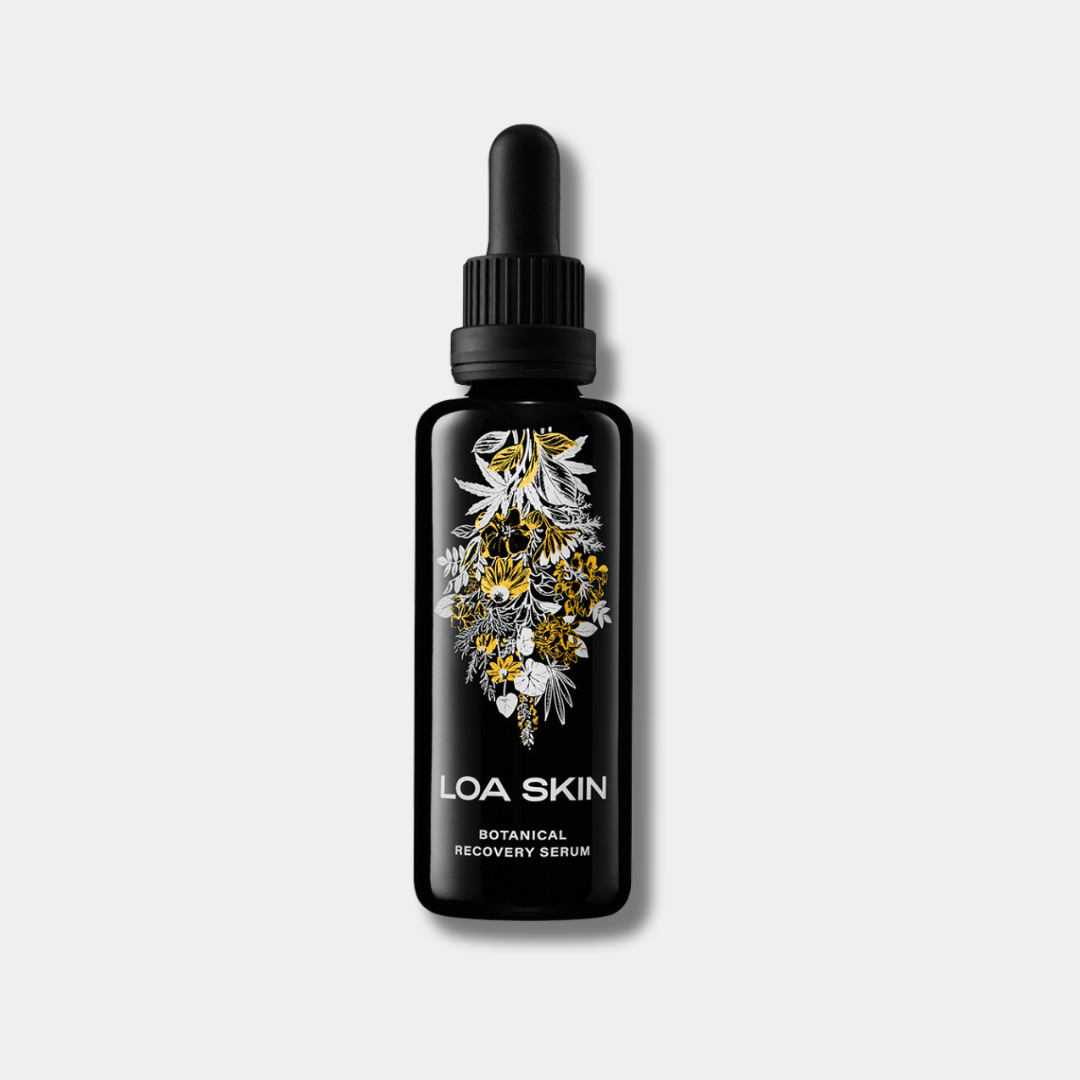
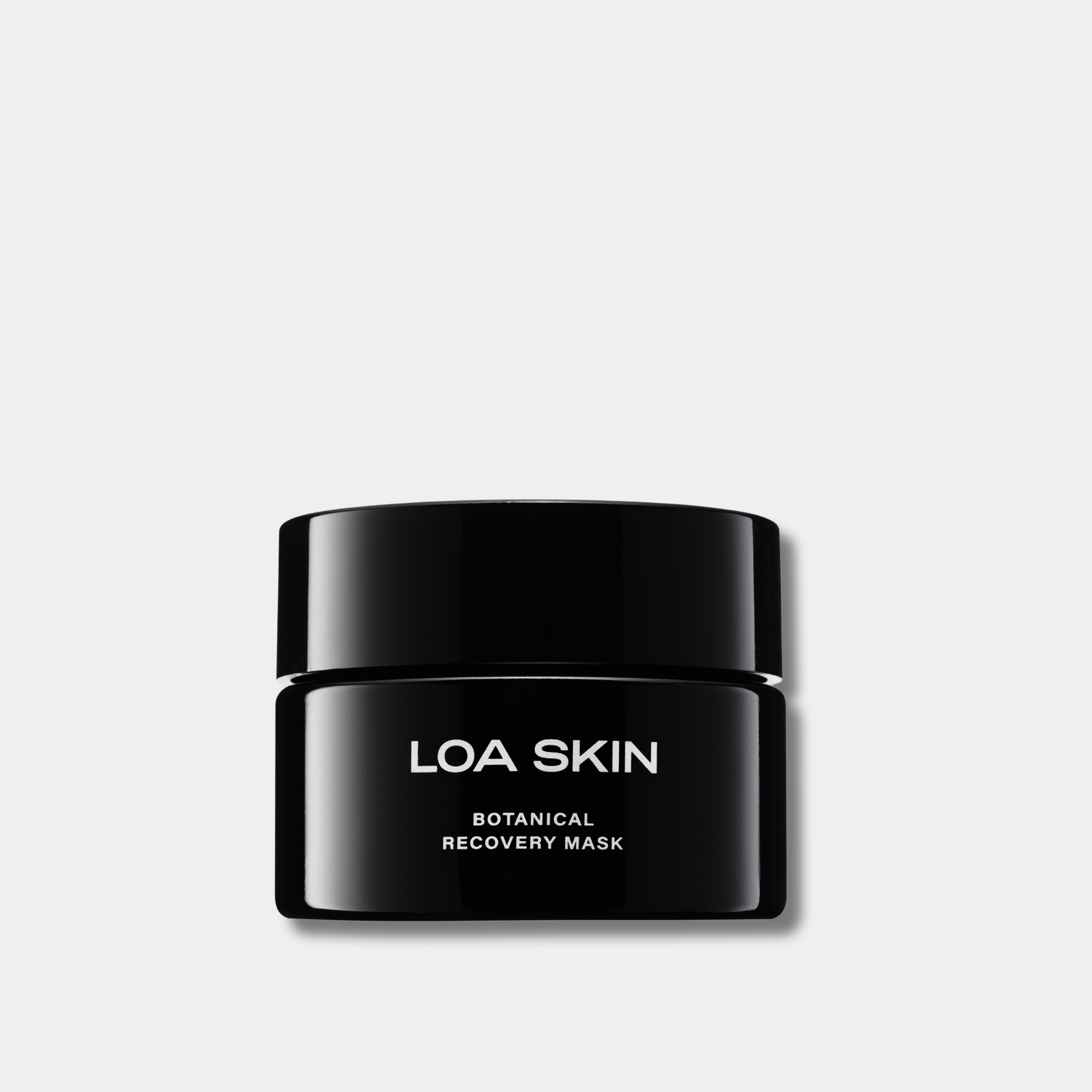
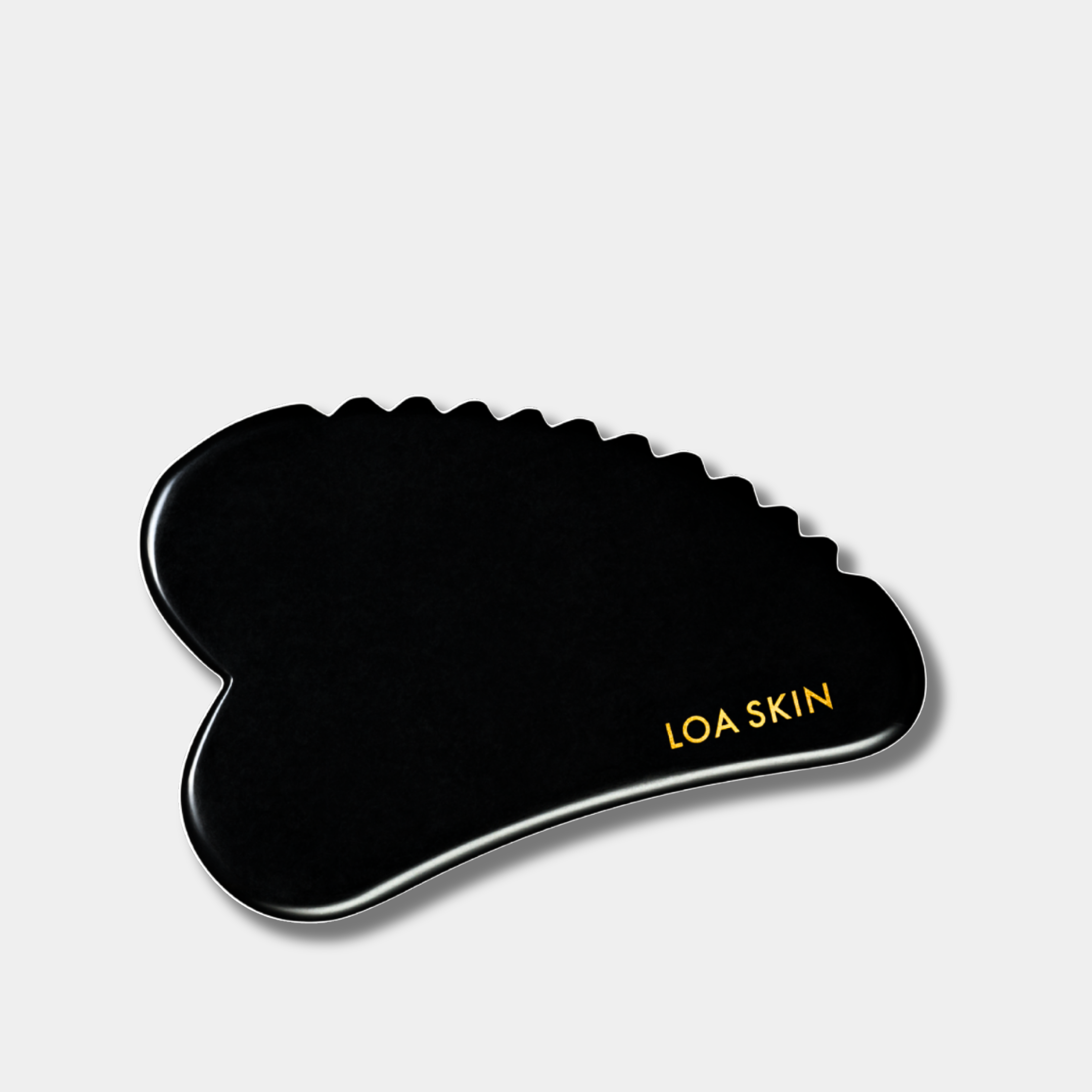
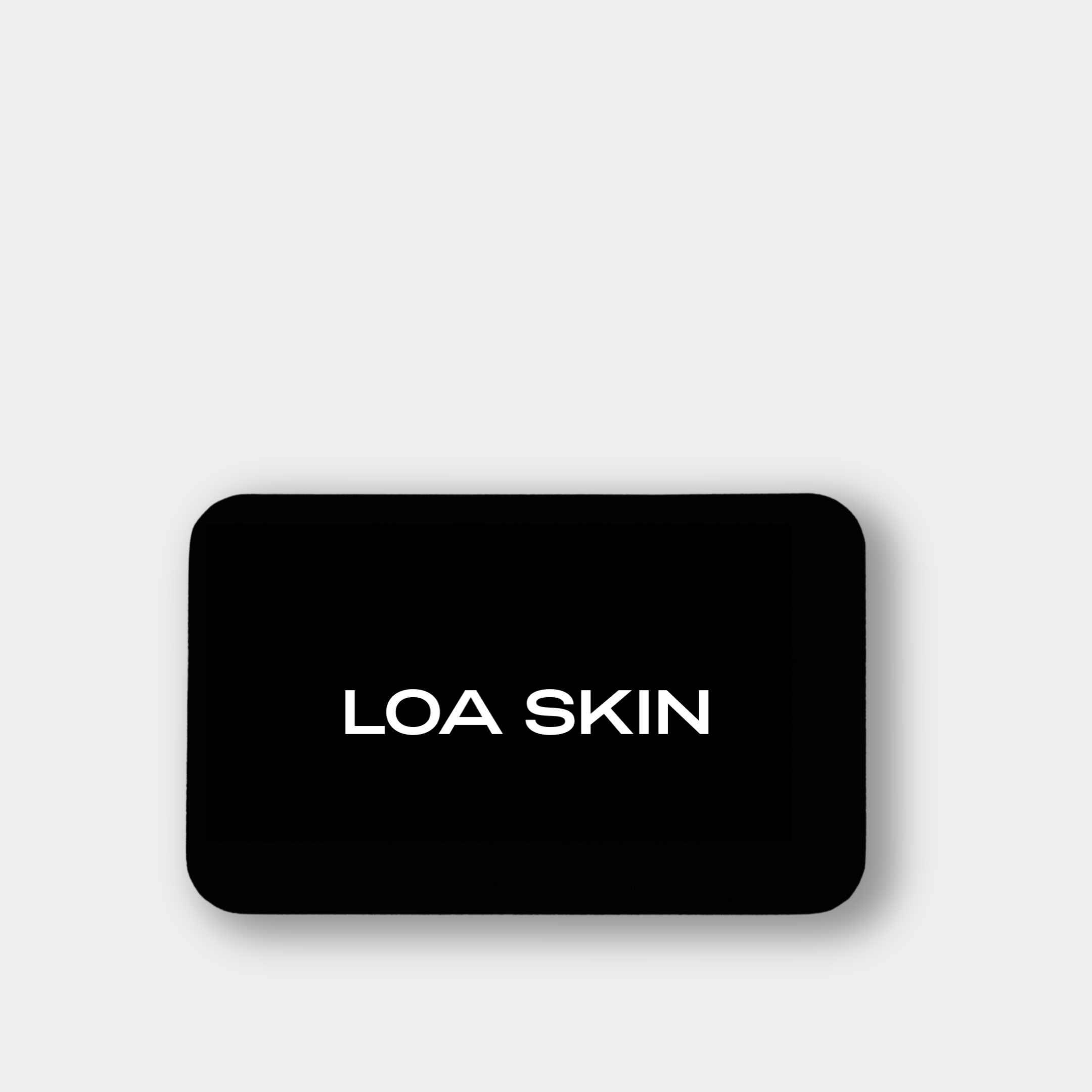
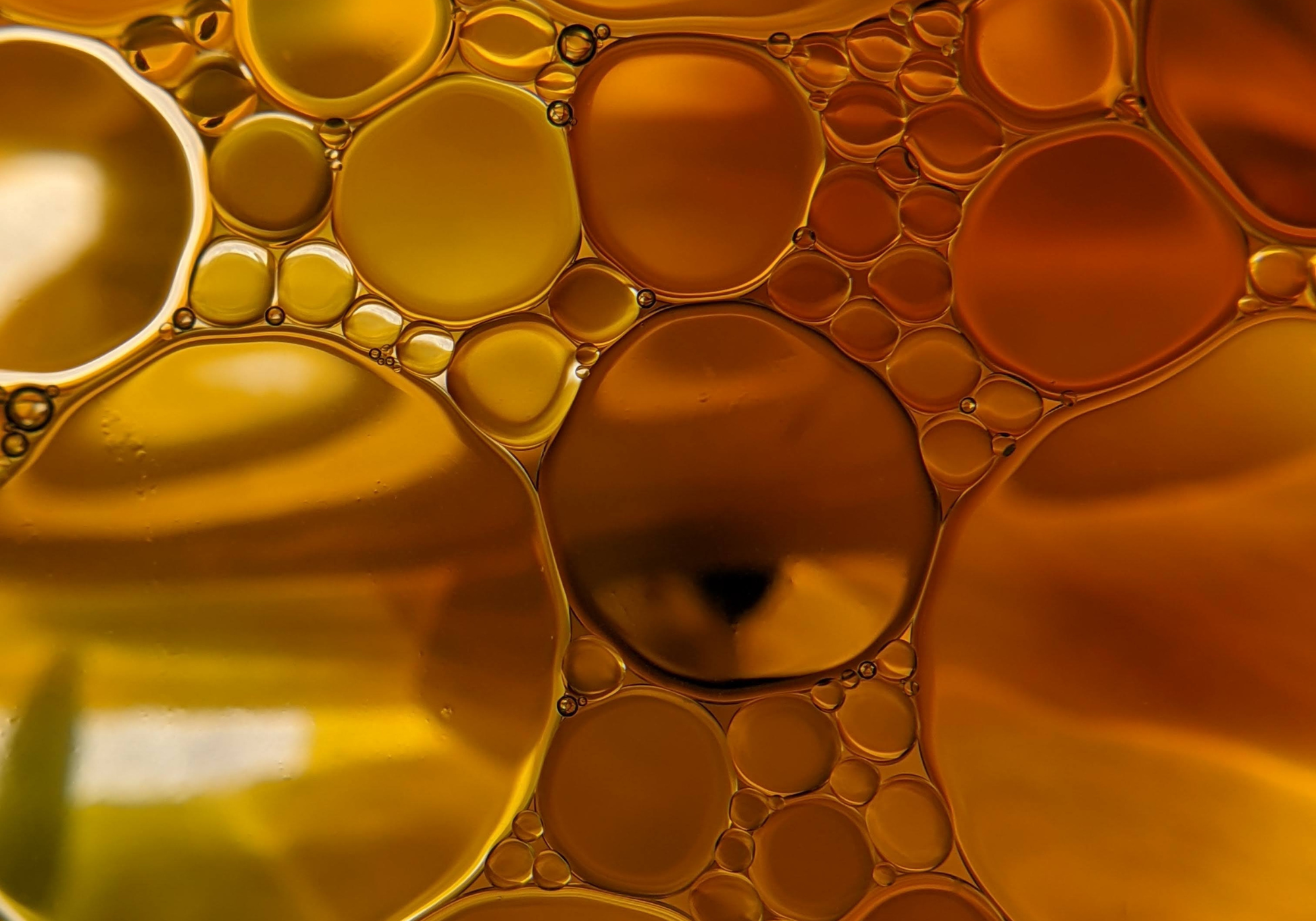



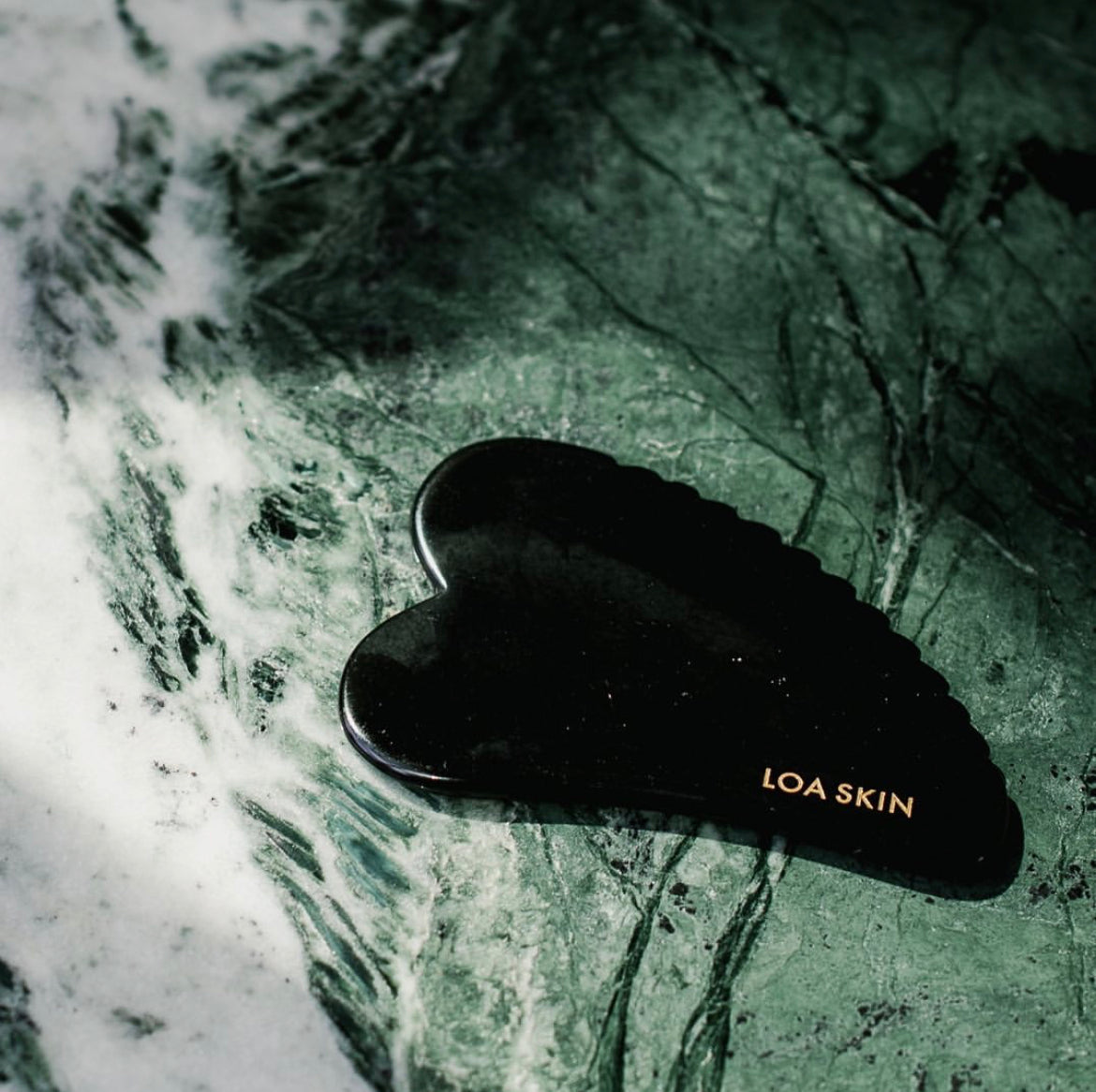
Leave a comment
This site is protected by reCAPTCHA and the Google Privacy Policy and Terms of Service apply.